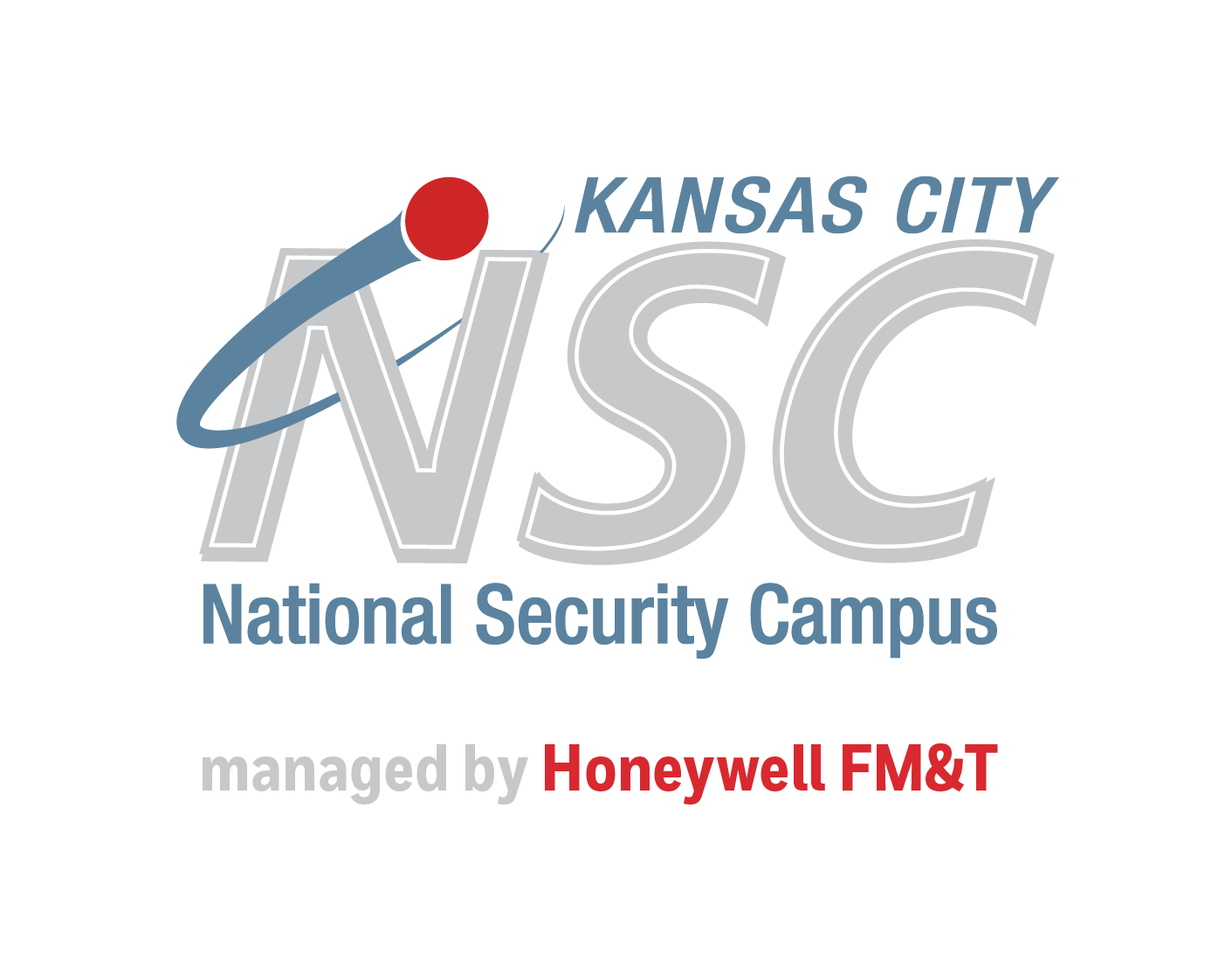WWII Navajo Code Talker tells how top-secret code system was developed and used as KCNSC kicks off Inclusion Week

Former U.S. Marine Cpl. Peter MacDonald, 95, delivered a personal history lesson Monday of his days as a World War II Navajo Code Talker and told how the once super-secret program was developed and used in battles from Guadalcanal to Okinawa.
His address to employees kicked off Inclusion Week at the Kansas City National Security Campus. MacDonald served in the Pacific theater with the Sixth Marine Division from 1944 until 1946.
MacDonald, of Teec Nos Pos, AZ., enlisted in the Marine Corps when he was 15, helped by his cousin, Tom, a Marine and a Navajo Code Talker on furlough at the time.
"I liked the Marine Corps' blue uniform," MacDonald said of wanting to join up. "Tom had that beautiful uniform."
Even though he was underage, MacDonald told a skeptical recruiter he was 17. His cousin who had accompanied him, stepped up and vouched for him.
MacDonald told employees how in February 1942, several weeks after the attack on Pearl Harbor, Philip Johnston initially approached the Marines about using the Navajo language for developing a code system because as MacDonald said, "it was a pretty secure language." It is not a written language, and few outsiders can speak it.
"The side that has the best communication, has the advantage," MacDonald said. "The war in the Pacific was different than the war in Europe; the enemy knew every code."
Though initially the idea was rejected by the Marine Corps commandant, by April 1942, a trial program was greenlighted, and more than two dozen Navajo men were recruited and taken to boot camp in California unaware that they would soon be asked to develop a top-secret code system using the Navajo language.
MacDonald said once they were briefed about their mission, the group immediately knew how difficult the job would be after they were given sample combat messages for use in developing the code.
"All the messages were in English, using the English alphabet," he said. "Navajo is not a written language."
The group worked to come up with Navajo words for each letter of the alphabet, words to deal with repeated letters in words, even creating words for punctuation. In all, 260 code words were initially developed that the Code Talkers had to memorize. By the end of the war, there were more than 600.
To test out the code system in combat situations, 12 of the 29 Navajo Code Talkers were sent with the First Marine Division to Australia. On Aug. 7, 1942, MacDonald said the Marines landed on the beaches of Guadalcanal. The successful use of the Navajo code system prompted Gen. Alexander Vandegrift to message the commandant, "The Navajo code is terrific. The enemy never understood it. We don't understand it either, but it works. We need more Navajos."
"It's the only military code in modern history that was never broken," MacDonald said.
The Marines used more than 400 Code Talkers during the war with more than a dozen killed in action and dozens more wounded.
MacDonald noted that his cousin, Tom, who helped him join the service, died in the first wave of Marines landing at Peleliu on Sept. 15, 1944.
After the war, MacDonald said Code Talkers were told not to tell anyone what their role was.
"If asked, tell them you were a radio man," he said.
The Navajo code system was kept secret for 23 years after the war. It was declassified in 1968.
MacDonald, who now uses a wheelchair, is one of three remaining Code Talkers from the World War II. He said he is on a mission to help carry on the group's legacy. Chevron donated more than 200 acres in New Mexico to build a Navajo Code Talkers Museum. With costs estimated between $25-$50 million to make it a reality, MacDonald said he is doing what he can now to raise funding for it while expanding awareness of the Code Talkers.



